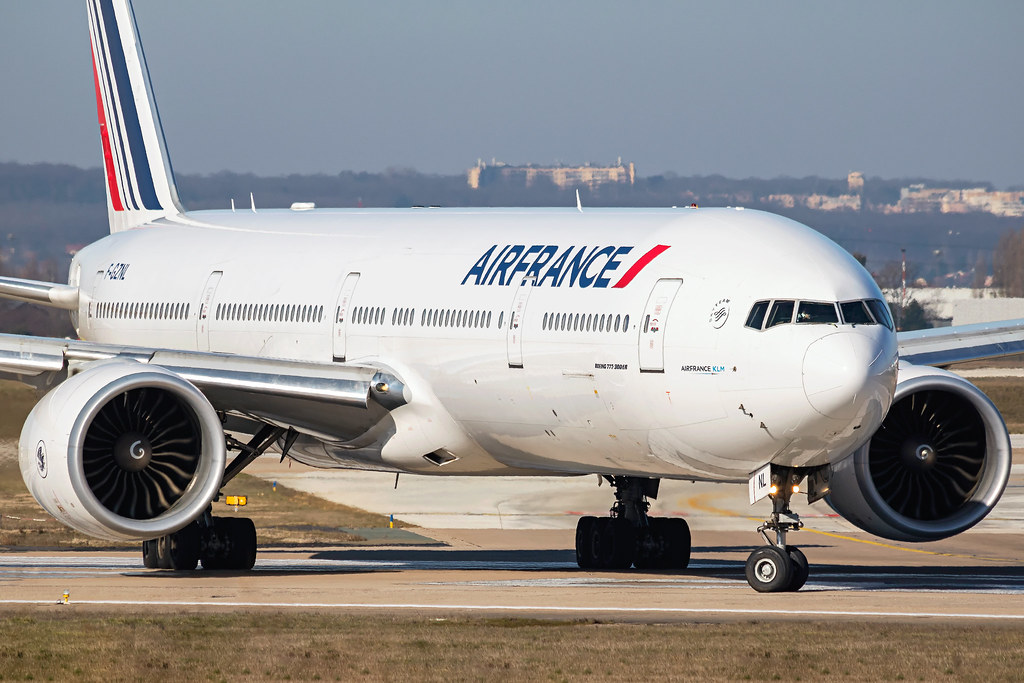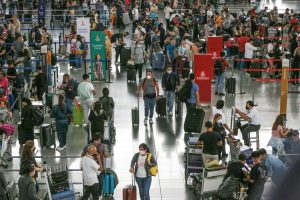Travellers planning to hopscotch their way across Europe using the continent’s cheap airfares may be in for a shock, with France becoming the first country to slash domestic flights in order to meet the European Union’s ambitious carbon reduction targets.
From April this year, the French government is banning short flights where train journeys of 2.5 hours or less exist, which includes routes from Paris to popular destinations such as Bordeaux and Lyon.
The French ban makes an exception for flights that connect to international flights, so a routing such as Lyon-Paris-Singapore-Sydney is still possible. However, the reduced number of domestic flights means that travellers will have to plan ahead.
Other countries considering similar bans include Spain and some Scandinavian countries. Germany has already doubled the taxes on short-haul flights and is also exploring the idea while in Austria, the national carrier has dropped its popular Vienna to Salzburg route. Passengers arriving in Vienna now have to transfer to a train service for the final leg to Salzburg.
Environmental groups are demanding more action, with Greenpeace EU agitating for a ban on flights where an alternative rail trip of less than six hours exists. However, longer routes generate an outsize share of emissions. According to European air traffic management organisation Eurocontrol, long-haul flights generate half of all carbon emissions within Europe although they make up just six per cent of flights.
Even before the pandemic, climate concerns saw increasing numbers of European travellers choosing trains rather than planes.
“Our customer research shows that more and more people are citing environmental reasons for choosing train travel,” says Nienke Geudeker of Eurail. “We saw the whole flight shame movement starting in Sweden five years ago, and it trickled out across Europe.”
To help speed up the shift to rail, the European Union has announced plans to double high-speed rail by 2030. France recently unveiled its fourth-generation high-speed trains, dubbed TGV M, which will be in service in time for the 2024 Paris Olympics. They use 20 per cent less energy and reduce carbon emissions by 32 per cent.
Rail carriers across the continent have also been working to improve international connections. Night trains, which many countries had slashed or discontinued altogether on some routes, are on their way back.
“A lot of new night trains came on during the pandemic,” Geudeker says. “There really is a momentum; the next step is that travellers need to take them up.”
Europe’s efficient rail network already has many devoted fans among travellers who enjoy watching the scenery as they travel, or savour the simple joy of ordering a beer or wine that is served in real glass instead of plastic.
“Train travel is the most comfortable way to travel long distances, and there are no hidden charges like luggage costs,” says Geudeker. “When you travel by train, there are no long transfers from the airport – you always arrive right where you want to be.”
Australian travellers, traditionally among the biggest users of Eurail passes, will be pleased to learn of another innovation: the introduction of digital passes which can be stored on your mobile phone, giving you one less thing to worry about losing.
The increasing popularity of rail travel also offers a possible solution to overtourism, with many more destinations across the continent accessible by rail than by plane. Geudeker says that Eurail is encouraging travellers to consider new destinations.
“We’d like to see more passengers going one stop further. Instead of heading to Paris or Berlin, look for lesser-known destinations. Leipzig and Dresden, Krakow [in Poland] and Pilsen [in the Czech Republic] – there are so many interesting destinations you can visit by train.”
Story by ute-junker







